Cattle
A Cattle’s Overview
Cattle are the most common and widespread farm animals in the world. They are raised for their meat, milk, hides, draft purposes, and dung which can be used to create manure or fuel. In grass-based systems, cattle play a pivotal role in recycling and converting human-inedible plant matters into a very rich source of protein, and hence comes their huge importance. In fact, these animals are considered to be one of the oldest form of wealth, and cattle raiding is one of the earliest forms of theft. In some regions, cattle have a significant religious meaning, and are highly glorified and respected in parts of South-east Asia, especially India.
Cattle domestication is thought to have begun ~ 10,000 years ago, in central Anatolia, the Levant, and Western Iran. The term cattle is usually used to describe many species including; the Taurine Cattle (the European Cattle), and the Zebu Cattle (Humped Cattle which are characterized by a fatty hump on their shoulders, a large dewlap, sometimes drooping ears, and show higher resistance to parasitic diseases; like the Brahman). The Asian Water Buffalo, and the Tibetan Yak are other forms of cattle as well. Other animals such as; the Gayal, the Banteng, and the Bison, have also been domesticated or semi-domesticated and are considered sometimes to be cattle. In the meantime, cattle production is based on the Taurine and the Zebu cattle, which are believed to have descended from the extinct Aurochs (the founder of the domestic cattle species). Interestingly, cattle have the ability to interbreed with other closely related species. Existing examples are; the Beefalo, which is a fertile hybrid offspring of domestic cattle and the American Bison, and the Sanga breeds, which are species produced by crossbreeding members of the Taurine and the Zebu cattle.
Cattle Terminology
The terminology used to describe the sex and the age of cattle is almost the same in different parts of the world. The male is called a (Bull), and if he was castrated, he is a (Steer), which grows to be an (Ox) in about 2 – 3 years. Castration is a general practice performed on males retained for beef production, as it makes them more docile, gain more weight, and become more tractable at work (in case of oxen). The female is called a (Cow), and she is called a (Heifer) in her first year, or if she didn’t give birth to her first calf yet (‘Calf’ is the young animal). Mature bulls reach a weight of 450 – 1800 kg, with steers being heavier, while cows reach a weight of 360 – 1100 kg. Cattle are mainly classified as beef cattle; such as the Hereford and the Chianina, and as dairy cattle; such as the Jersey and the Holstein-Friesian. Male calves produced from dairy cattle breeds are usually used in the veal production (the veal is the meat produced from calves which are 3 – 20 weeks old, and it’s firm and fine-grained, not fatty, delicate in flavor, and more expensive of course).
Cattle Characteristics and Reproduction
Cattle are very social animals, that get their food by grazing in pastures and grasslands. They can also be raised on a diet contains crop residues, grain, soy, and other plant supplements. Cattle are ruminants, meaning that their digestive system is specialized to allow the use of poorly digestible plants as food. And that happens by regurgitating the food back up from their stomach to chew it again. Unlike poultry such as Chickens, the food of cattle should only include plant matters, to avoid the development of any severe disorders like Mad Cow Disease.
The gestation period for a cow is about 9 months, and it differs especially with some of the wild species of cattle. The size of newborn calves varies among breeds, but a typical calf weighs between 25 – 45 kg. And they are usually weaned at 8 – 11 months under natural conditions, but in production systems the preferred weaning period is 4 – 6 months. Weaning can also be much less, especially in the systems followed for dairy or specialized meat production. Adult size and weight vary significantly among breeds and sex, but steers are slaughtered when they reach 750 kg, when they are almost 7 months old. In farms, it’s very common to use artificial insemination, which increases production efficiency and yields better genetics, due to choosing the most suitable bull. Cattle may be able to reproduce when they are 7 – 8 months old, but it’s preferred not to start any production programs before their first year.
Unfortunately, domestic cattle suffer a lot due to the common practices in cattle husbandry, that cause fear, stress, and pain. Branding, castration, dehorning, restraint, ear tagging, and nose ringing, are examples for the animal cruelty performed on beef cattle. While, dairy cattle suffer even more due to separating the cows from their calves soon after birth, to use the calves for veal production and the cows for producing more milk for the human consumption. Then to prolong lactation, dairy cows are almost kept permanently pregnant through artificial insemination, which drains their energy and affects their health negatively. Also, various cruel practices that causes stress, injury, and death to the animals, like redoes and bullfighting sports are another example for animal abuse.
The Economic Value of Cattle
Cattle today are the basis of a multi-billion-dollar industry worldwide. As they produce abundant meat, and milk which is also made into cheese, butter, yogurt, and other dairy products. Cattle hides used for leather to make shoes, couches and clothing, are another widespread product. Using cattle for draft purposes remain a broad activity as well, especially in the developing countries. In addition to that, wild forms of cattle take part in keeping the balance in the wild life by foraging in valleys and forests to keep vegetation in control, and being a prey to large predators like Lions, Tigers, Wolves, and Hyenas.
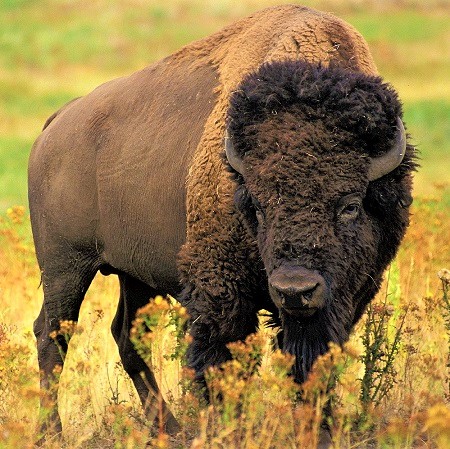
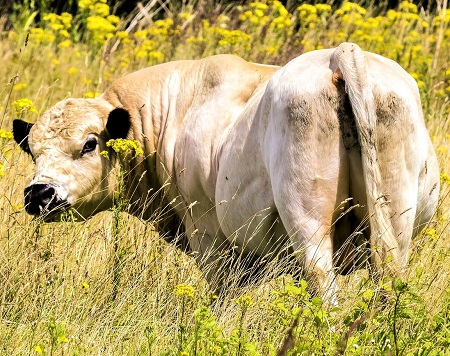
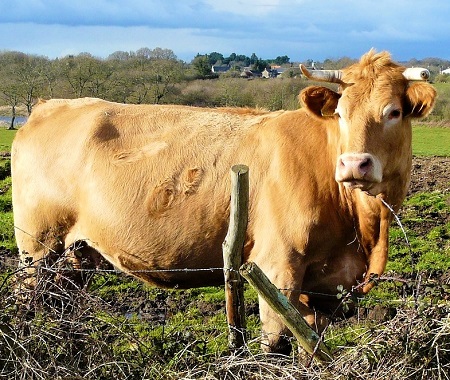


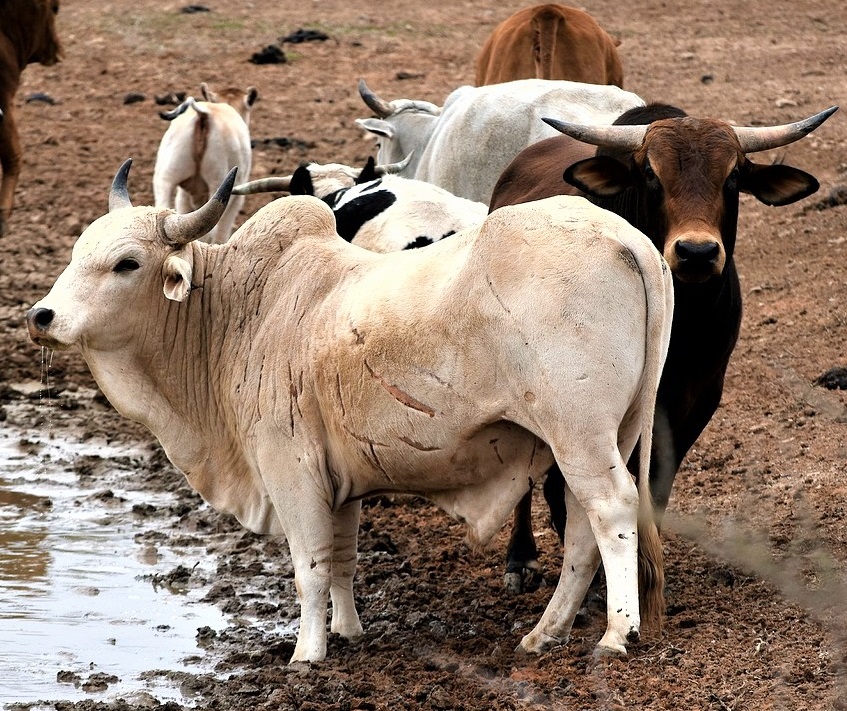
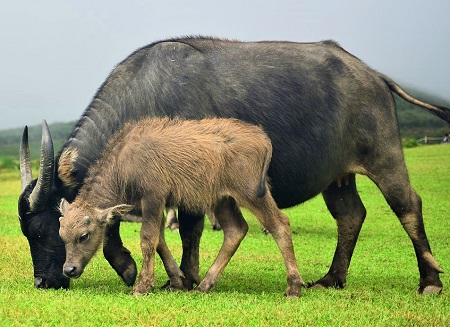
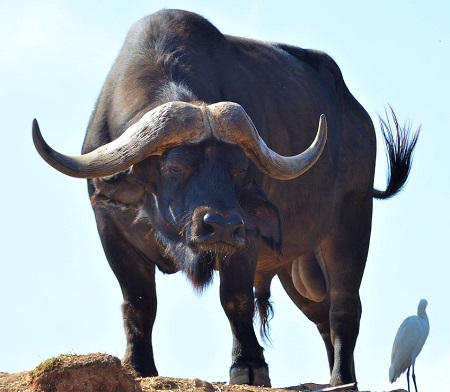
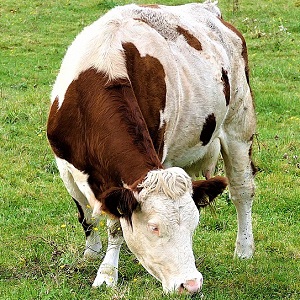
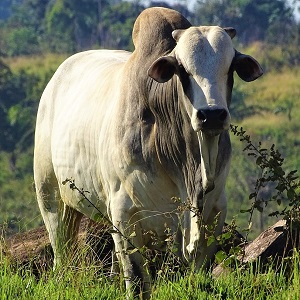
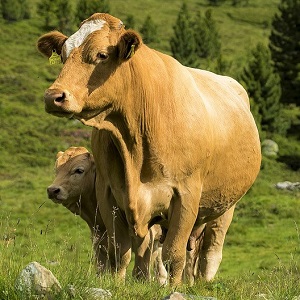
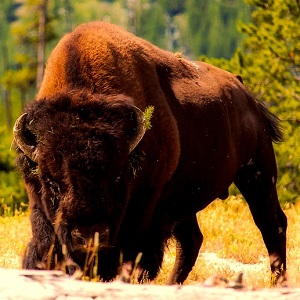
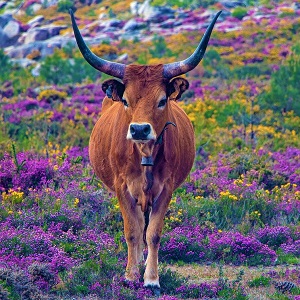
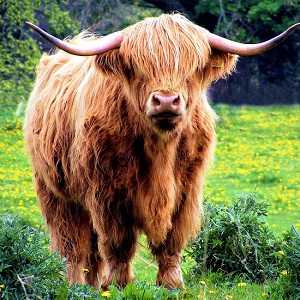
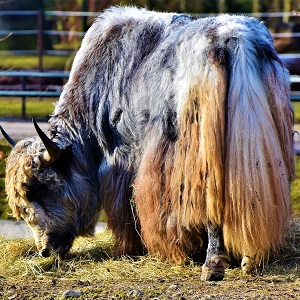
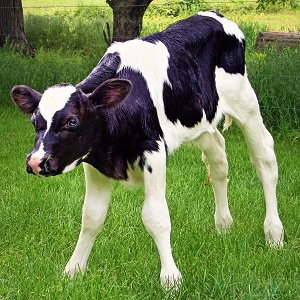
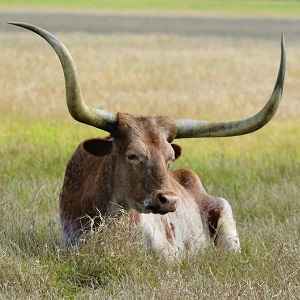
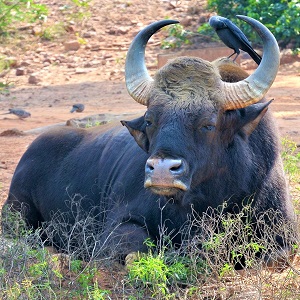
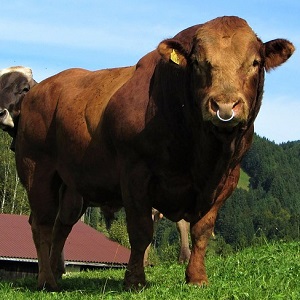
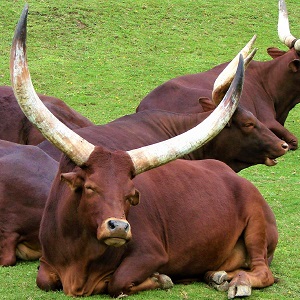
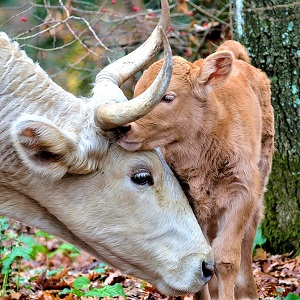
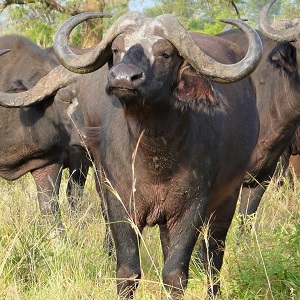
Breeds
Taurine (European) Cattle
Beef Breeds
- Aberdeen Angus
- Albera
- Alentejana
- Asturian Mountain
- Asturian Valley
- Aubrac
- Australian Lowline
- Avileña-Black Iberian
- Bazadaise
- Belgian Blue
- Belted Galloway
- Betizu
- Black Baldy
- Black Hereford
- Blonde d’Aquitaine
- Blue Grey
- British White
- Buelingo
- Caldelana
- Camargue
- Caracu
- Carinthian Blondvieh
- Charolais
- Chianina
- Chillingham
- Chinese Yellow Cattle
- Corriente
- Ennstal Mountain Pied
- Florida Cracker
- Galloway
- Gasconne
- German Angus
- Hanwoo
- Hereford
- Herens
- Highland
- Hungarian Grey
- Jeju Black
- Limousin
- Lincoln Red
- Longhorn
- Luing
- Maine-Anjou
- Marchigiana
- Mertolenga
- Minhota
- Mirandesa
- Morucha
- Murray Grey
- North American Piedmontese
- North Devon
- Piedmontese
- Pirenaica
- Preta
- Ramo grande
- Red Poll
- Retinta
- Romagnola
- Romosinuano
- Rubia Gallega
- Saosnoise
- Senepol
- South Devon
- Spanish Fighting Bull
- Speckle Park
- Square Meater
- Sussex
- Symons
- Texas Longhorn
- Uckermärker
- Vaynol
- Waguli
- Wagyu
- White Park
Dairy Breeds
- Angeln
- Ayrshire
- Blaarkop
- Braunvieh
- Bretonne Pie Noir
- Brown Swiss
- Danish Jersey
- Dutch Belted
- Évolène
- Finncattle
- Finnish Ayrshire
- Fjäll
- Froment du Léon
- Glamorgan
- Guernsey
- Holstein Friesian
- Italian Brown
- Jersey
- Latvian Brown
- Lineback
- Menorquina
- Prim’Holstein
- Randall Lineback
- Red Holstein
- Swedish Friesian
- Swedish Red
- Swedish Red-and-White
- Tarentaise
- Telemark
- Tipo Carora
- Väneko
Dual-Purpose Breeds
- Abondance
- Ansbach-Triesdorfer
- Armorican
- Arouquesa
- Aure-et-Saint-Girons
- Berrenda en Colorado
- Bianca Modenese
- Bleue du Nord
- Bordelais
- Brandrood
- Brown Atlas
- Bruna dels Pirineus
- Buša
- Canadienne
- Canaria
- Criollo
- Danish Red
- Dexter
- Dhanni
- Ferrandaises
- Fleckvieh
- Gelbvieh
- Georgian
- German Black Pied
- German Red Pied
- Glan
- Gloucester
- Harzer Rotvieh
- Hinterwald
- Icelandic Cattle
- Indonesian Aceh
- Irish Moiled
- Kerry
- Limpurg
- Lourdaise
- Mallorquina
- Maraîchine
- Milking Devon
- Monchina
- Montbéliarde
- Murboden
- Murnau-Werdenfels
- Nantaise
- Nicaraguan Creole
- Normande
- Norwegian Red
- Palmera
- Parthenais
- Pie Rouge des Plaines
- Pinzgauer
- Pustertaler Sprinzen
- Rätisches Grauvieh
- Rendena
- Roodbont
- Rotes Höhenvieh
- Rouge Flamande
- Russian Yakutian
- Salers
- Shetland
- Shorthorn
- Simmental
- Tajik
- Tasmanian Grey
- Terreña
- Turkish Native
- Tux
- Tyrolese Grey
- Ukrainian Brown Carpathian
- Valdostana Castana
- Valdostana Pezzata Nera
- Valdostana Pezzata Rossa
- Villard de Lans
- Vorderwald
- Vosgienne
- Welsh Black
Feral Taurine Cattle
- Hawaiian Wild
- Marine Landaise
Hybrid Cattle
- Beefalo
- Dzo
- Żubroń
Aurochs-Like Breeds
- Barrosã
- Boškarin
- Cachena
- Corsican
- Heck
- Limia
- Maremmana
- Maronesa
- Pajuna
- Podolica
- Sayaguesa
- Taurus
- Tudanca
Zebu Cattle
Beef Breeds
- Baggara
- Boran
- Brahman
- Dwarf Zebu
- Indo-Brazilian
- Kedah – Kelantan
- Nelore
Dairy Breeds
- Gyr
- Kasaragod Dwarf
- Malnad Gidda
- Red Sindhi
- Sahiwal
- Tharparkar
- Umblachery
- Vechur
Draught Cattle
- Amrit Mahal
- Bargur
- Dangi
- Deoni
- Gaolao
- Hallikar
- Kangayam
- Kenkatha
- Kherigarh
- Khillari
- Krishna Valley
- Malvi
- Nagori
- Nimari
- Ponwar
- Red Kandhari
Dual-Purpose Breeds
- Gangatiri
- Guzerat
- Hariana
- Javari
- Kangrej
- Maasai
- Malagasy
- Ongole
- Philippine Native
- Rathi
Half-Zebu Half-Taurine
Beef Breeds
- Afrikaner
- Australian Braford
- Australian Brangus
- Australian Charbray
- Beefmaster
- Belmont Red
- Bonsmara
- Canchim
- Droughtmaster
- Greyman
- Nguni
- Santa Gertrudis
- Tuli
Dairy Breeds
- Girolando
Dual-Purpose
- Abigar
- Ankole-Watusi
- Red Fulani
- White Fulani
Buffalos
- Bhadawari
- Buffalypso
- Carabao
- Jaffrabadi
- Mediterranean
- Mehsana
- Murrah
- Nili Ravi
- Pandharpuri
- Surti
- Toda
Yaks
- Domestic Yak
Wild Cattle
- African Buffalo
- American Bison
- Anoa
- Aurochs
- Banteng
- European Bison
- Gaur
- Saola
- Tamaraw
- Wild Water Buffalo
- Wild Yak
